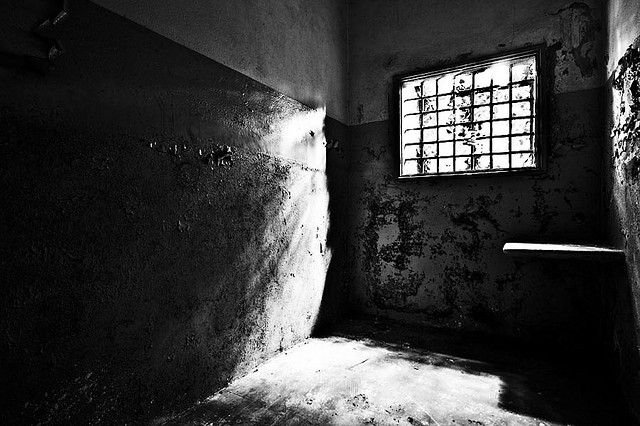Peter Jennings and Peter McCawley have both produced thoughtful and insightful posts on why Australia and Indonesia seem to be trapped in a classic ‘prisoner’s dilemma’ game. In this post, I’d like to further unpack why that’s so, and why the outcome of the game seems to almost never vary.
Just to bring readers up to speed, the ‘prisoner’s dilemma’ is a classic part of game theory. A sheriff separately interrogates two prisoners. He has sufficient evidence to charge each with a minor crime, but requires their testimony against each other to pursue convictions for a major crime. He tells each that if they testify against the other prisoner, they can receive a reward while the other goes to jail for five years. If both testify against each other, they’ll both go to jail for three years. If neither testifies against the other, they’ll both simply be convicted on minor charges and go to jail for a year.
The prisoner’s choice is whether to testify or not. If he testifies and the other prisoner doesn’t, he’s rewarded. If he testifies and the other prisoner does too, he gets three years in the slammer. On the other hand, if he doesn’t testify, and the other prisoner does, he’s in for five years. If he doesn’t talk, and his fellow prisoner doesn’t either, they’ll both serve relatively little jail time.
In game theory, the prisoner’s dilemma provides an example of why players ‘rationally’ pursue non-cooperative strategies. They do so because—with each player unable to trust his fellow player—the rational course is to minimise the maximum possible loss. With the game played only once, the optimal strategy for each prisoner is to testify—the maximum possible loss from testifying is three years in jail; from not testifying, it’s five. While the two prisoners remain focused on minimising their maximum possible losses the outcome won’t change.
But something happens in prisoner dilemma games when the game’s played over and over. It doesn’t take the players long to devise strategies of cooperation and keep their mouths shut. Patterns begin to emerge as the games take on a politics of their own, typically coloured by cooperation though punctuated with occasional bursts of non-cooperation and retaliation.
So, let’s turn to the Australia–Indonesia relationship. How is it that after sixty-odd years since the Dutch recognition of Indonesian independence in 1949, we’re still playing individual games of prisoner’s dilemma and ending up with conflict strategies?
In one sense, the answer to that question’s relatively straight-forward: we’re both still insisting on minimising our maximum possible losses. While the players are loss-focused, they tend to overlook the benefits of cooperation. There’s also a second theoretical explanation: the benefits of cooperation just might not seem sufficiently attractive to the players to drive a change of strategy.
But with the game played over and over between states, other variables also enter the game, in particular the rotating political leaderships of each country. Sometimes rotations are fast— Australia’s had five prime ministers since New Year’s Day in 2007. Sometimes they’re slow: President Suharto ruled Indonesia between 1965 and 1998, while a string of Australian leaders succeeded to prime ministerial office. In short, the players keep changing.
Then there are politics and history; they also get in the way. It was always going to be hard work for Australia to develop close patterns of cooperation with a non-democratic Indonesia. Yes, we much preferred Suharto’s New Order to Sukarno’s Konfrontasi. But in truth, opportunities for a genuinely close cooperation between Jakarta and Canberra have only really existed since 1998.
Actually, I think a close look at the past fifteen years does suggests that a pattern of cooperation is growing. But, as with the repetitive prisoner’s dilemma games, we’re still in the early phases of a transition towards cooperation. And the simple truth is that neither prioritises the relationship when considering policy options for deeply-felt problems. In both countries, domestic politics trump the bilateral relationship. Building a pattern of cooperation is going to take time, effort, and sustained political leadership.
Rod Lyon is a fellow at ASPI and executive editor of The Strategist. Image courtesy of Flickr user Luca Rossato.


